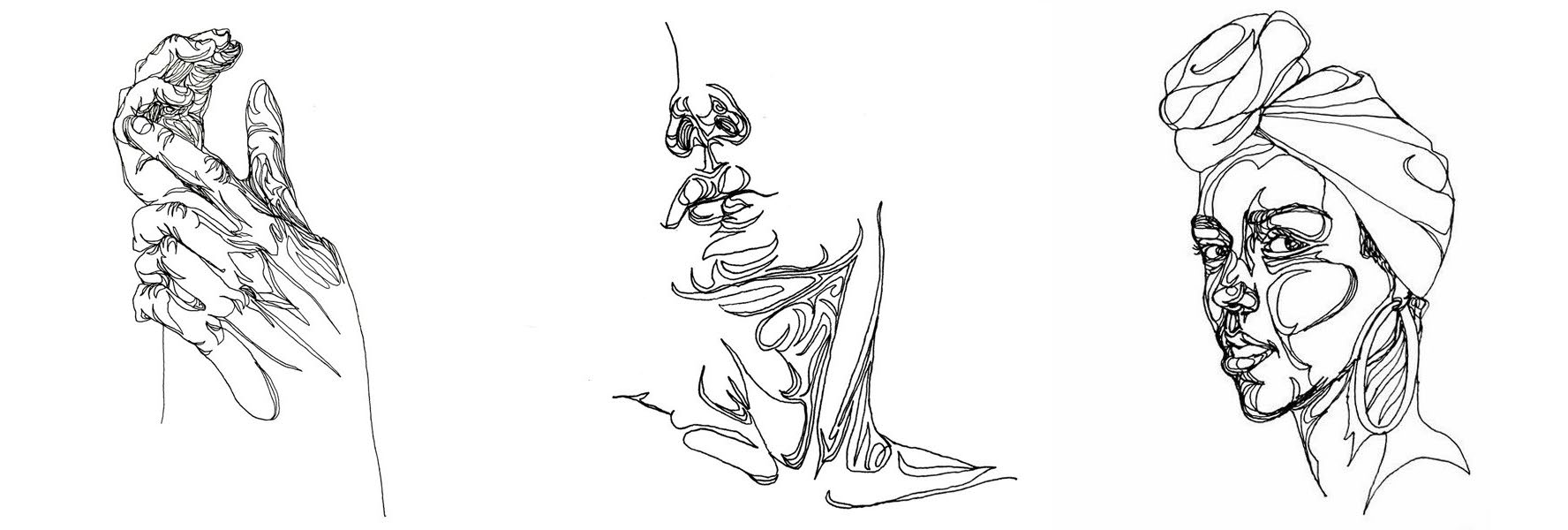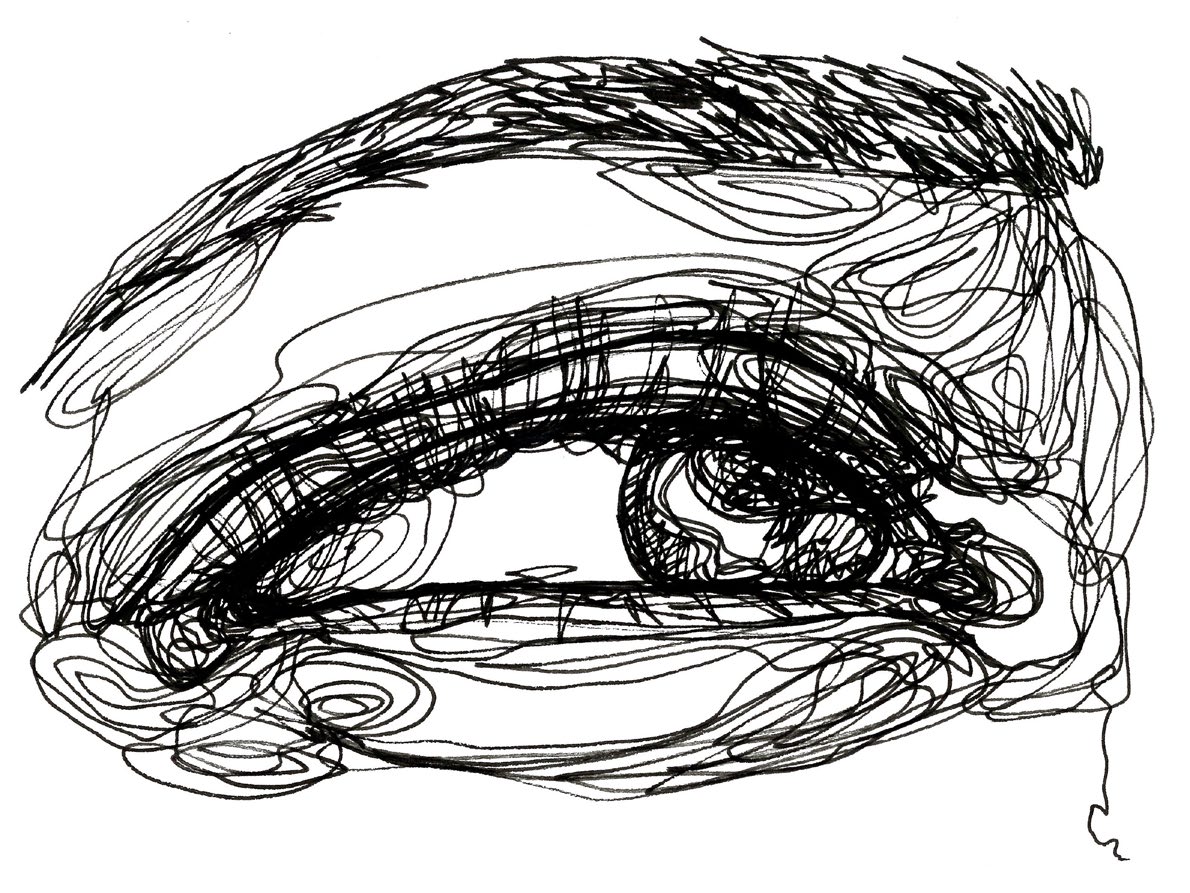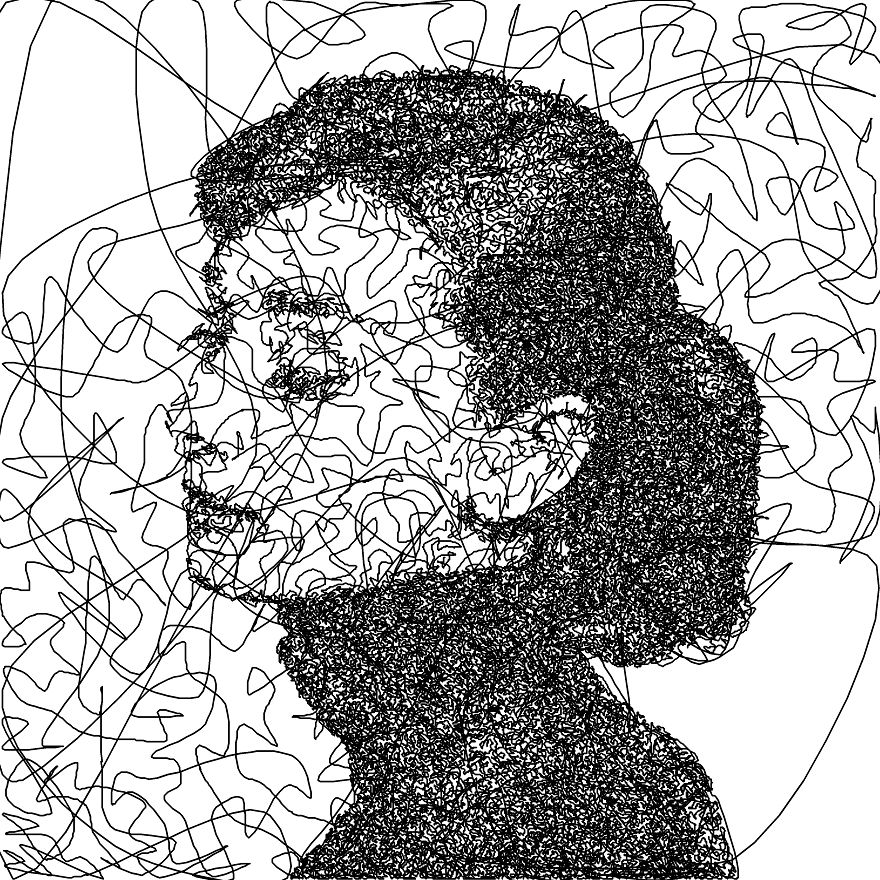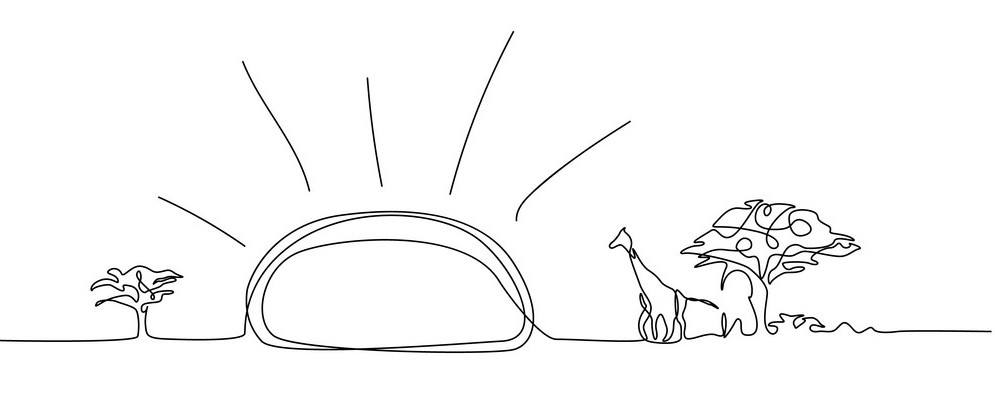By Paula Veleda Barea
A one line drawing, also known as a single line drawing, is a drawing made with just one line.
Don’t forget to share your drawings or post online and tag @natsatclub and @lmetnatsatclub
Overview
For most artists one-line drawing is a way to simplify the complex world around us.
The most famous example even dates back to the early 20th century, with the one line drawings made by Pablo Picasso. He took a complex, realistic subject and simplified it into one single unbroken line. These drawings can look relatively simple to make, but capturing the true essence of the shape in just one line can be quite challenging.

Materials needed
- Paper, or something to draw on
- Pen, or something to draw with
Creating a one-line drawing
These days, one of the most well known one-line artists is the French duo ‘Differantly’, as they have collaborated with big brands such as Adidas, Nike and Nissan. They deconstruct complex imagery into two-dimensional minimalist art, focusing on what creates a subject’s core identity.
“During our process, we go through phases that are visually rich and complex before removing what’s not substantive. It’s a maturation process that can be painful as it consists of letting go, giving up. But, it’s also very demanding as minimalism requests a certain level of perfection. Every element must have its sense, its utility, its intrinsic beauty.” — About DFT
DFT’s style is minimal and straight forward. The line keeps the exact same thickness throughout the whole piece and flows in both sharp corners, as well as smooth curves. The line does not connect the beginning with the end, leaving the image open. This is the case with all of the following examples, except the last one.

Some of the variations include:
- Simple versus complex
- Smooth versus rough, by the choice of pen, pencil, charcoal
- Sharp corners versus curved corners
- Hand or digitally drawn
- One thickness versus a variation of thin and thick areas
- Open or closed (lines meeting at the end point or left apart)
- Focussed on a theme such as animals, objects, full body illustrations, portraits
You can go for a simple but well elaborated drawing; or as complex as you wish!
Take your time, don’t rush to see the result but enjoy the process of extending ‘the’ line.
Share your drawings or post online and tag @natsatclub and @lmetnatsatclub
Resources & References

by Abinaya Selvanathan source

Created using a computer Algorithm
by Sergej Stoppel source

by William Hansen source

by Askhat Gilyakhov source
Thank you for taking part in the London Metropolitan University Art&Design Saturday Club Workshop.
Contributed by Paula Veleda Barea, London Metropolitan University Art&Design Saturday Club
“I’m Paula, originally from Brazil. Since I was a child I loved drawing, and later on, as a teenager got interested in Architecture. So, I Moved to London and went to a foundation course at London Metropolitan University, where I graduated in Architecture Part I and currently have been doing the Part II.
I have been working on the Saturday Club as a student assistant since 2014, and this journey has been great! It has inspired me to explore Arts with more depth as well as working with teenagers. Before I dreamed of being an Architect, now in addition to that, I want to keep working close to people and Arts more than ever.”